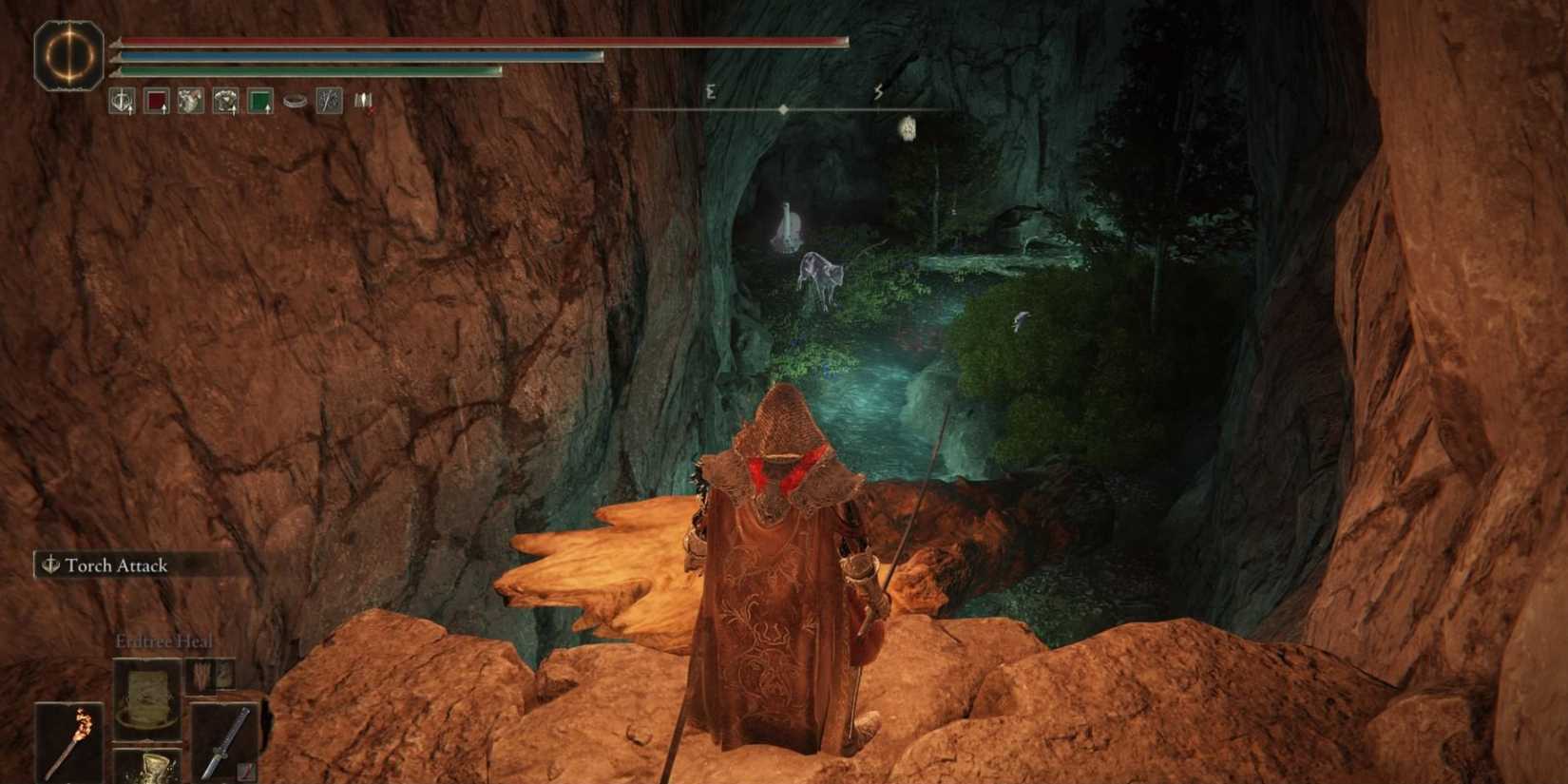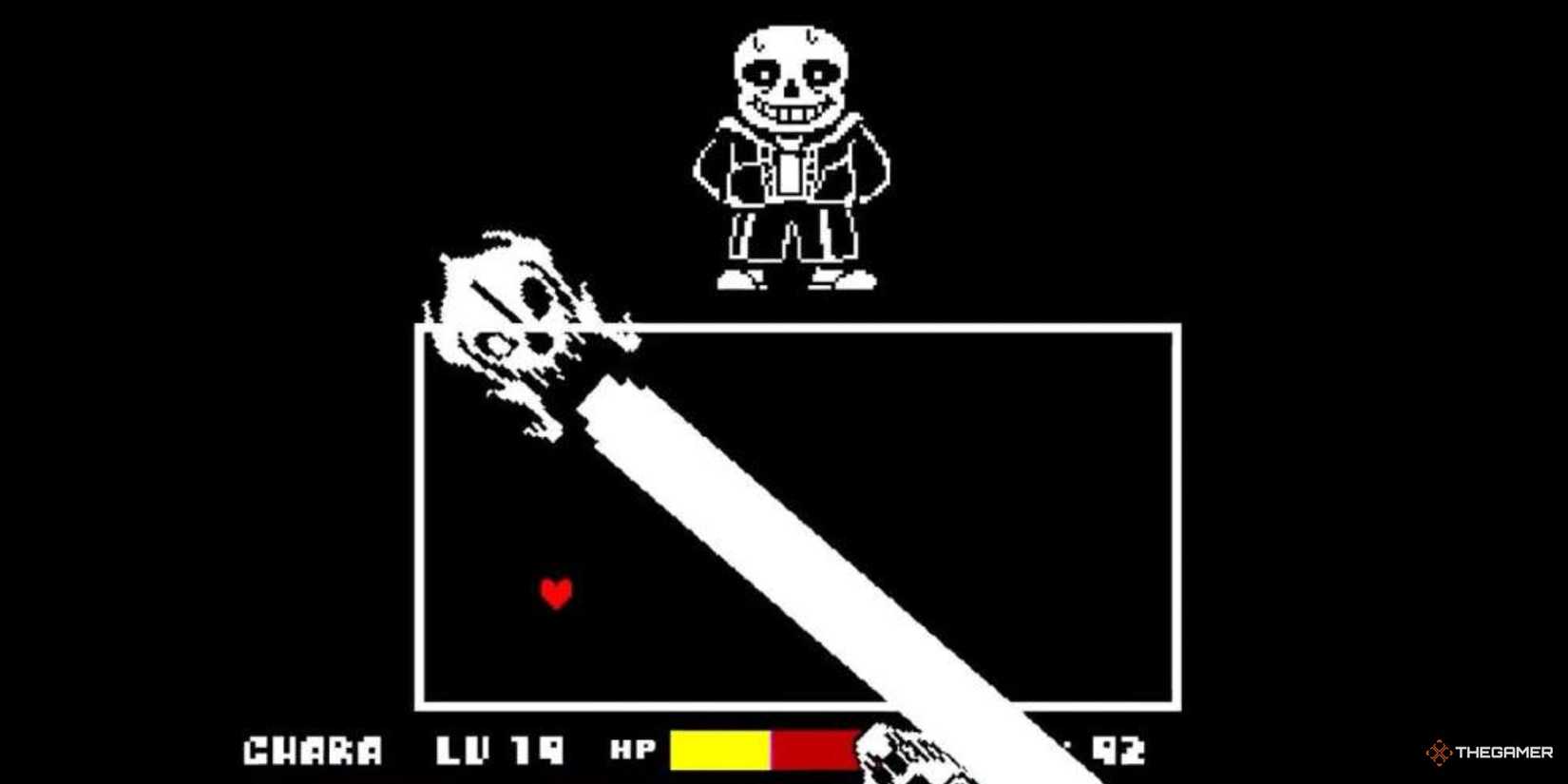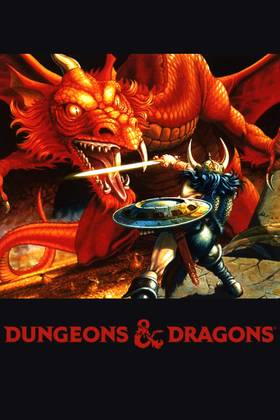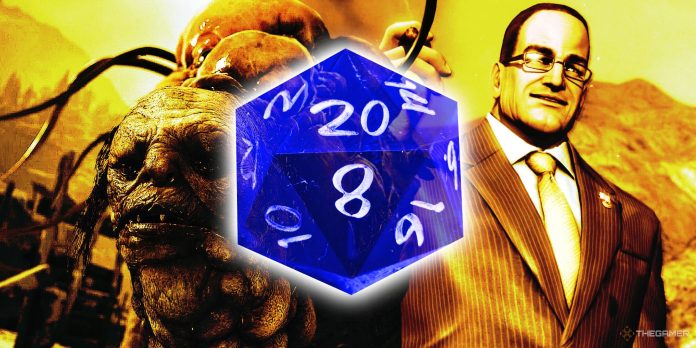Running a game of Dungeons & Dragons means you have full and unrestrained creative control. You can run literally whatever kind of game you want. And as fun as that sounds, it can also be tremendously draining on your creativity. To alleviate that mental drain, you can borrow concepts or ideas from existing media, working them into your adventure naturally.
And what better a resource than video games? Their blend of narrative and gameplay allows for some of the most engaging antagonist encounters there are. If you wanted to try working a video game boss battle into your D&D game, then these are the best ones to try.
A Colossus
Shadow Of The Colossus

You can probably guess the intention here. In Shadow of the Colossus, your goal is to scale up these massive creatures, seeking a specific weak point. The sheer size of these monsters is awe-inspiring, and finding a way up them is a challenge in and of itself.
The world of D&D is full of gigantic creatures, so the same idea could easily be applied to one of them. The party has to try and reach the monster’s weak point to take it down. Just be prepared for the aftermath of something that big dying.
Brain Of Mensis
Bloodborne
Not all enemies need to be violent, aggressive, or even active. Imagine the terror of something deadly from any range, just by existing. In Bloodborne, the Brain of Mensis is an Older God that causes constant damage and insanity just by being within direct line of sight of it. Instead of facing it head-on, Hunters need to drop it from its place atop a tower and deal with it under the cover of darkness.
As a D&D boss, this would present a clever alternative to traditional combat, where the party has to figure out how to approach the enemy (or even an item, like an enchanted crystal or orb) without harming themselves, THEN figuring out how to stop it.
Baldur
God Of War

How do you kill an immortal? That’s not exactly a novel concept, but it’s one that God of War worked perfectly with Baldur. In the game. Baldur, who was ‘cursed’ with the numbness of immortality, is on a reckless bender across the realm, desperate to feel anything at all.
With killing them off the table, the party will need to figure out another way to subdue or trap the boss, whether that’s through restraint, reform, or manipulation. They could also follow what the game does, and go on a separate quest to find the one single weapon that CAN harm them.
The Radahn Festival
Elden Ring

Some bosses are just too big and too bad to be taken down by just the party. In Elden Ring, General Radahn, once one of the strongest warriors in the land, lives on as a feral man, a supernatural rot having ruined their mind. Those fond of him put on a festival, where an army of warriors takes to the battlefield to give him an honorable death.
This paints the act of killing into an honorable, almost fun sort of light, and can be a great way to have a combat scenario that isn’t all horrible and dour. You can include several established NPCs to participate in the fight to really make it memorable.
Managing that many NPCs as a DM might be tough. Consider making stat blocks for them and giving one to each player, allowing them to control both their one character and an NPC.
Famed Mimic Gogo
Final Fantasy 5

This infamous clown is, technically, one of the easiest bosses in Final Fantasy history. As soon as combat starts, he tells the party that he will mimic anything they do. The problem is that he is a lot stronger than you, so almost any attack or spell results in receiving much worse. Why is he easy? Because the answer is to mimic him: do nothing.
This could be seen as more of a puzzle than a boss, depending on how you work it into your D&D game. And while Gogo himself will almost always One-Hi-KO, you should probably have your D&D version not be THAT strong. That way, the players have time to figure out the trick and learn accordingly.
Spiritcaller Snail
Elden Ring

Maybe the boss isn’t some big, tough baddie. Maybe they’re just some squishy little guy. That’s why they turn invisible and summon spirits to fight for them, instead. That’s the philosophy behind the Spiritcaller snail in Elden Ring.
This makes for a beautiful D&D encounter because of the mid-combat shift. The first part is them fighting the enemy spirit. The second part is them defeating it, only to see it corporate a moment later, fully healed. Now they’re on a hunt for whatever is controlling the spirit, all while still avoiding its attacks.
Sans
Undertale

Sans is an interesting character for a lot of reasons, but his boss battle is one of a kind. With only one HP, and only dealing one damage at a time. The problem is that hitting him is mechanically impossible. How do you kill something you can never hit?
Translating this to D&D might be difficult; having an impossibly high AC and a natural ability to negate critical rolls makes sense, but there are a lot of dynamic ways to deal damage that need to be accounted for. Leaving a method of tricking the boss into letting its guard down in a satisfying way won’t be easy, either. But if you have the gall to plan it out right, this can make for an extremely memorable experience.
Salvatore Moreau
Resident Evil Village

RE8 had some memorable antagonists, each with wildly different styles and themes from each other. The most ‘organic’ among them was Moreau, a mutated fish man who can control mass amounts of algue-esque slime piles and can transform into a massive fish monster.
Fighting a massive fish is one thing, something D&D is prepared for. But the fight with Moreau makes it into a two-part experience. The first half involves crossing a lake without falling victim to his attacks. Once across, the lake is drained, and it becomes an on-foot battle with the beached monster. This process can be a great way to debilitate a much stronger monster into a fightable state.
The Narrator
The Stanley Parable

Perhaps it’s unfair to call the Narrator a boss battle, but it’s the premise that counts. Imagine that the party is whisked away to a strange, repeating world, where each outcome results in starting over from the beginning. All the while, some omnipotent entity is vocalizing to the party their lack of cooperation.
Instead of just fighting a boss, the goal is to find a way out that the narrator was not prepared for. This is where creative thinking from the players (and some powerful improv skills by the DM) can really shine, making the unpredictable world feel truly random.
Senator Armstrong
Metal Gear Rising: Revengeance
.jpg?q=49&fit=crop&w=825&dpr=2)
No really, I’m serious about this. While Revengeance might be a meme of a game, there’s something to be said about a well-known political figure orchestrating weapons trades and slavery, only to transform into a nano-bot filled fighting machine when confronted.
If you want to keep the high fantasy setting for D&D, this could be framed as the duke of the region secretly selling swords and gunpowder to multiple other nations. And instead of nano machines, it’s eldritch mites. This could be the perfect piece for an over-the-top and dramatic game.

- Original Release Date
- 1974
- Player Count
- 2+
- Age Recommendation
- 12+ (though younger can play and enjoy)
- Length per Game
- From 60 minutes to hours on end.
- Franchise Name
- Dungeons & Dragons
- Publishing Co
- Wizards of the Coast
